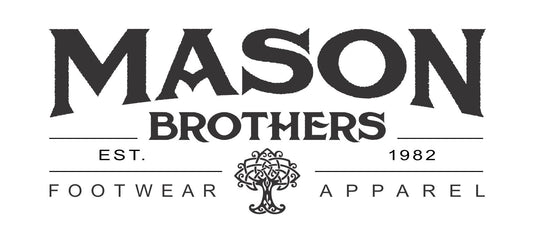
What is FR apparel?
Since the 1970s, oil/gas and chemical processing industries have relied on flame-resistant (FR) clothing to help protect workers in the event of a flash fire. These industries recognized the damage that ordinary cotton clothing and synthetic clothing had on the wearer when these short duration, high-temperature fires occurred. Today, FR clothing is used in many industries to protect workers performing tasks that range from working around live electric conductors, which may have the potential to release a sudden burst of energy known as an “arc flash” to working in refineries or product distribution pipelines where there is a higher potential of injury from flash fires. The National Fire Protection Association (NFPA) developed guidelines for wearing personal protective equipment (PPE) when the potential for an arc flash exists. NFPA 70E, Standard for Electrical Safety in the Workplace, identifies when specialized PPE is required based on the results of a hazard assessment related to the task. In the latest version of NFPA 70E, the term Hazard Risk Category (HRC) was changed to PPE Category (CAT), which consumers will see on up-to-date garments tags. The four levels, CAT 1 through CAT 4, are where most employees stop since the testing methods and various material requirements do get a little complicated. In a nutshell, CAT ratings are based on a garment’s Arc Thermal Performance Value (ATPV) and its Energy Breakopen Threshold (EBT). These values are determined by applying the various level of heat energy, measured in calories, to the material to determine specific failure points. The PPE needs for an electrician working near live electrical circuits will vary but approximately 2/3 of most live electrical work will be covered by CAT 2 level of protection.
Folks working in the oil and gas industry have different PPE requirements than electricians. NFPA 2112, Standard on Flame-Resistant Clothing for Protection of Industrial Personnel Against Short-Duration Thermal Exposures from Fires, specifies the test methods and minimum construction and performance requirements that FR fabrics, components, and garments must meet to provide protection from Flash Fires (the 2018 version no longer uses the term “flash fires” and instead labels them as “short-duration thermal exposures”). This clothing is tested under ASTM F1930 – 18, which is the Standard Test Method for Evaluation of Flame-Resistant Clothing for Protection Against Fire Simulations Using an Instrumented Manikin. The test method focuses on a sudden thermal exposure of no more than 3 seconds.
Remember, NFPA 70E and CAT levels are for those concerned about arc flash and NFPA 2112-compliant garments are for oil and gas employees needing protection from flash fires. The flame-resistant layer should always be the outermost layer AND synthetic materials should never be worn under the FR. Because of these limitations, it is important to choose a variety of garments that will work well in various climates. At Town & Country, we have an excellent selection of Ariat brand FR clothing with varying climates in mind. Our FR selection is found here:
https://townandcountryshoeoutlet.com/search?type=product&q=fr

